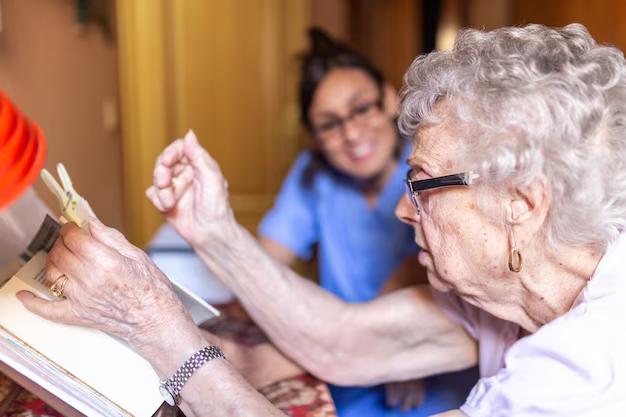Understanding Medicaid and Medicare Enrollment Numbers
As the backbone of medical financial assistance in the United States, Medicaid and Medicare play vital roles in providing healthcare to millions. But just how many people rely on these programs to manage their health and well-being?
Current Enrollment Statistics
Medicaid
Medicaid serves as a critical lifeline for low-income individuals and families. As of recent estimates, over 85 million people are enrolled in Medicaid. The program offers assistance by covering essential healthcare services, from hospital visits to nursing home care, depending on income and state regulations.
Medicare
Targeting seniors and disabled adults, Medicare is another cornerstone of American healthcare. Roughly 64 million people are beneficiaries of Medicare. It’s divided into several parts, with Part A and B covering hospital and medical insurance, while Part D helps with prescription drug costs.
Why These Numbers Matter
Each individual enrolled in these programs has a story and unique needs. Medicaid and Medicare help bridge significant gaps in healthcare coverage, aiding those who otherwise might struggle to afford care. These programs also relieve some of the financial pressure from emergency medical situations, long-term illnesses, and routine checkups.
Beyond Medicaid and Medicare: Exploring Financial Health
It's not just about healthcare; addressing financial hurdles is a multifaceted endeavor that intersects with various support systems. Many who access Medicaid and Medicare are also eligible for or interested in additional forms of assistance.
Government aid programs play a significant role in helping individuals meet their financial obligations without accumulating overwhelming debt. These may include housing assistance, nutrition programs, and educational grants.
For those not qualifying for Medicaid, financial assistance options such as sliding-scale clinics offer affordable access to healthcare. Additionally, programs like the Children’s Health Insurance Program (CHIP) are tailored for children from families that don't meet Medicaid requirements.
Debt relief solutions might be necessary for some, helping individuals manage and reduce unpaid medical bills, often a leading cause of debt in America.
Credit card solutions and financial literacy courses can also empower individuals to make informed financial decisions, potentially improving credit scores and reducing future financial strain.
In terms of educational grants, pursuing higher education can enhance employability and income potential, aiding long-term financial stability. Scholarships and grants specifically targeting low-income students open doors to these opportunities.
Your Path to Financial Peace
Navigating the numerous assistance programs and financial solutions available can be daunting, but resources abound to help chart a course through these challenges. Recognize what’s available and take action to harness these resources for a healthier financial and personal life.
📝 Assistance Summary:
- Medicaid: Over 85 million enrolled 🔍
- Medicare: Approximately 64 million beneficiaries 📈
💡 Financial Assistance & Opportunities:
- 🏠 Government Aid Programs: Help manage housing, nutrition, and more.
- 💊 Healthcare Options: Sliding-scale clinics for affordable care.
- 💳 Debt Relief Solutions: Programs to tackle medical debt.
- 💪 Credit Card Solutions: Tools and knowledge for better financial decisions.
- 🎓 Educational Grants: Scholarships for those in need to pursue education.
Embrace these resources to enhance both your health and financial independence today.

Related Topics
- Am I Elgible For Medicare
- Am I Enrolled In Medicare
- Am I Qualified For Medicare
- Are Adult Diapers Covered By Medicare
- Are Chemotherapy Drugs Covered By Medicare Part d
- Are Colonoscopies Covered By Medicare
- Are Covid Tests Covered By Medicare
- Are Cpap Machines Covered By Medicare
- Are Cpap Supplies Covered By Medicare
- Are Dental Implants Covered By Medicare